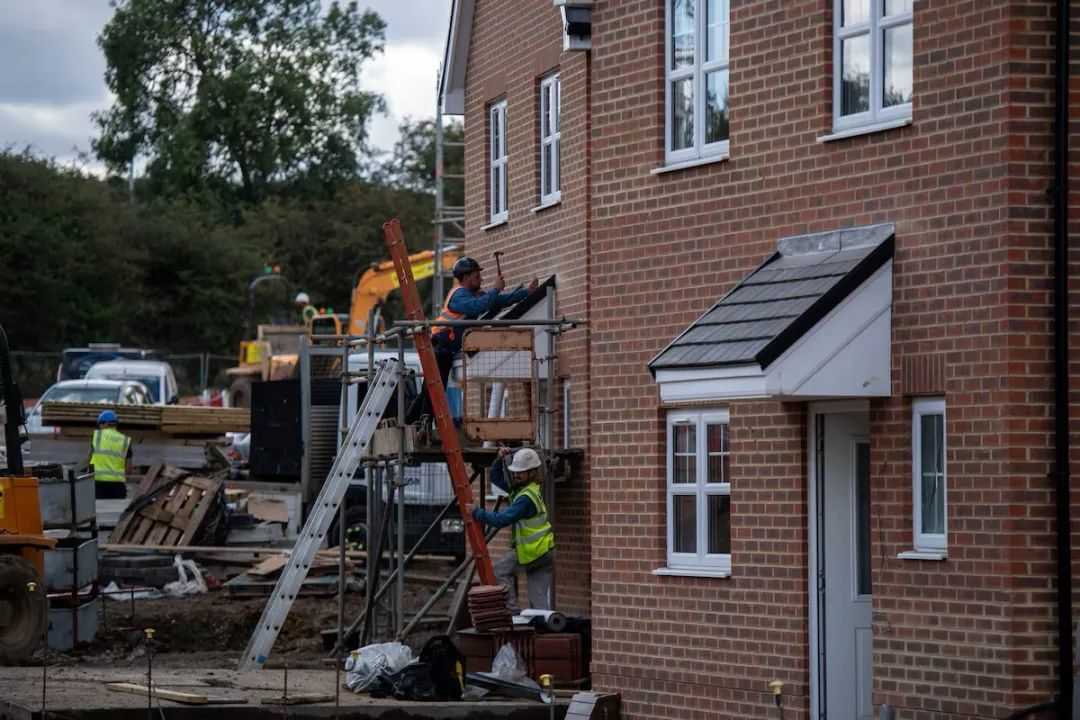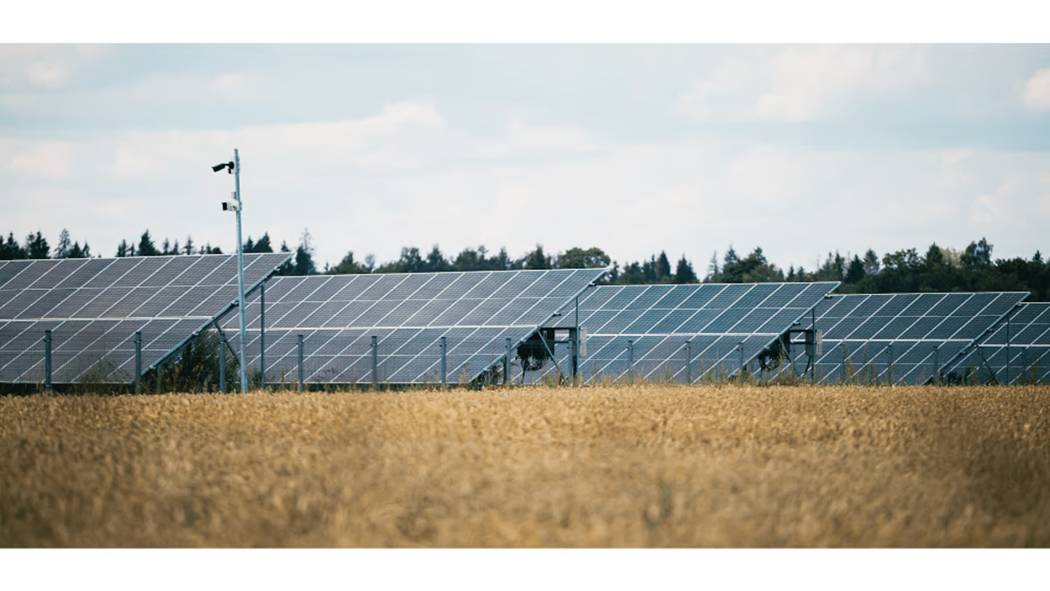New Zealand: Housing Market Shifts to Buyer's Favor, Unemployment Rate May Reach Eight - year High
As winter approaches, New Zealand's real estate market is tilting further towards buyers. In April, the national average asking price for residential properties dropped for the second consecutive month to NZ$851,746, a 3.8% decrease from the peak in February. Major cities like Auckland and Wellington have seen significant declines. The surge in housing supply is the main pressure point, with the number of houses for sale doubling to 35,924 in four years. Although inventory has decreased slightly recently, sales activity has not picked up correspondingly.
· 1 minute read








